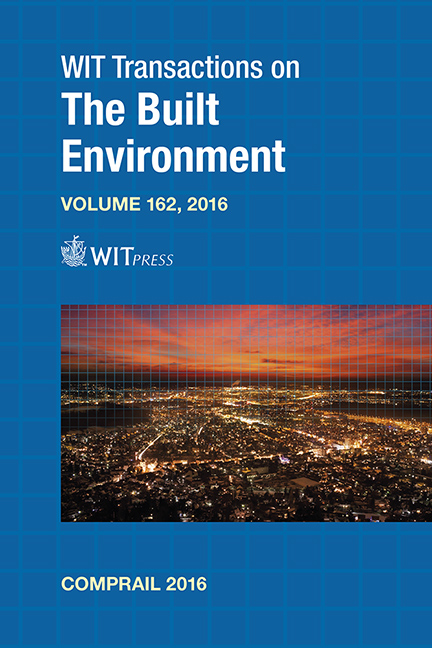Retrofitting Infrastructure For Skip-stop Operation On Urban Railways
Price
Free (open access)
Transaction
Volume
162
Pages
11
Page Range
67 - 77
Published
2016
Size
1,745 kb
Paper DOI
10.2495/CR160071
Copyright
WIT Press
Author(s)
S. M. Oh, K. M. Kim, H. L. Rho, K. Y. Yang
Abstract
Many urban railways operate a single type normal train without combination with an express train on a line, particularly in Korea. As a result, the average speed of Korean urban trains becomes much slower than those of advanced railways. This paper is one result of Korean research into improving the low speed on urban railways.
This paper presents two case studies of retrofitting urban railway infrastructure for a skip-stop operation; SMRT (Seoul Metropolitan Rapid Transit Co.) and KORAIL (Korea Railroad) lines. The first case takes an approach of minimum investment, and the second case tolerates the required investment for retrofitting infrastructure.
Moreover, it presents several issues for retrofitting the existing infrastructure to make the line enable skip-stop operation. The first is to utilize existing staying sidings for overnight trains in the skip-stop operation. Second is skip-stop scheduling which consists of designing the stop-pattern of express trains and a trade-off between headway versus travel time. Last is a safety issue in the engineering work of an in-operating line and signalling system.
Keywords
retrofitting, skip-stop, express train, scheduling





